A note to those that are spoiler-sensitive: The track names and the description of their associated scenes give away many of the fascinating events that take place during the game. I will try to be vague, but by all means play the game if you want to experience this first-hand!
To say that scoring the sequel to a highly-praised game is difficult would be a huge understatement, especially for a franchise as applauded as Mass Effect. The original score featured a refreshing retreat into the 80’s school of sci-fi with raw synthesizers aplenty, weaving a familiar-yet-new backdrop for the franchise’s first outing. With such a recognizable sound, it’s hard to go into Mass Effect 2 without the already built-up expectations of the first.
Thankfully, a majority of the talented team of composers have returned tackle the sequel: Jack Wall, Sam Hulick and David Kates are joined by Jimmy Hinson to score the highly-acclaimed epic.
Hit the jump to find out how they did in their continued effort!
One thing to know about Mass Effect 2 is that it takes the overall tone of the franchise in two distinct directions at once: The heat is on, and the galaxy is more intensely at risk. Events are more bombastic and involved. Yet at the same time, a more personal element is introduced. While the first Mass Effect is about the amazing grandeur of humanity entering the galactic community and the overwhelming sense of awe, Mass Effect 2 takes that discovery as a given and dives into the personal lives of those involved with more minute conflicts within the massive setting.
Nothing is more evident of this than the very first track, “The Illusive Man,” which paints a portrait of humanity in the galactic community. With a synthesizer line leading the introduction, the ironically alien sound of an acoustic guitar and low sustained piano notes are introduced into the sound palette: our first clue that something is different here. A motif on the cello is also present in a minor descending line, one that will be repeated many times within the soundtrack as a reminder of humanity.
And that’s just it: Cerberus, headed by the Illusive Man, are the ones pulling for the human race; for better or worse. Instrumentation plays a large role in developing this relationship, often with synthetic sounds representing the galactic space, the technologies and powers associated with it, and more recognizable instruments bringing the personal humanity—and now I’m talking about the broad-reaching concept for all the alien races introduced, not just humans—that frames many of the sub-plots. The track that follows, “Humans are Disappearing,” pairs the humanity motif with a second figure on piano that becomes a recurring theme of loss.
For the soundtrack’s first cinematic piece, “The Attack,” several new elements are introduced. While beginning with the familiar Normandy theme from the original game, it becomes quickly apparent that things are no longer safe. The Collectors are here. With them, a number of themes and ostinati become defined that construct nearly all cues related to this alien threat. The Collector Ship itself is always accompanied by a distinctive metallic percussion line. The Collectors themselves are introduced by both a low brass line that emphasizes tritone leaps and chromatic movement as well as a string line that elaborates upon it. It’s an effective, if not tried-and-true, approach to scoring an overwhelming and nearly unbeatable threat. The track then concludes with the piano motif of loss, aptly reflecting Shepard’s struggling and helpless body floating through the abyss of space: simple, yet moving.
Picking back up in “The Lazarus Project,” a very familiar theme is hinted at by a solo vocalist: Shepard’s theme, returning from the first game’s previously epic incarnation. From there, a flurry of strings and brass begin a Koyaanisqatsi-esque arrangement of the theme. Then, with “The Normandy Reborn,” the Shepard theme gets a full treatment as the reconstruction comes to its climax—the ship being just as part of the character as the person. It’s a great arrangement with just enough orchestral bombast balanced out with synth accompaniment. Its conclusion nails home the fact that here is the true beginning of the experience.
Akin to the game’s progression, the middle portions of the soundtrack are a nonlinear progression of character-central pieces broken up in pairs by central story missions. Because all of the background music is entirely dynamic to individual situations, combat layers, and progressive events, it seems to have been collected into extensive suites themed to a single character’s recruitment or loyalty mission. This forms an interesting approach to recreating a gameplay experience in the soundtrack that, while not as effective as playing the scenarios in person, attempts to approximate the progression of events.
The first two character suites are the Cerberus operatives “Miranda” and “Jacob.” While both take music specifically from their loyalty missions, what is most apparent isn’t the actual content of the music but rather the structure. Miranda’s suite begins by leaping right into the action. Her thematic material is a wave of repeated figures that eventually give way to a full melody. The action dies down to a mellow exploration. It builds again, only to wash back into ambiance, flowing into a strong conclusion. Jacob’s suite however is a pure example of a ‘rocket’ structure: Layers and related melodic elements keep building and building vertically all the way to the piece’s climax, only then floating down to the ground. As the two examples of humans aboard the Normandy, one has to wonder if it was an intentional decision or just coincidence to reflect gender so obviously in the structure of their suites.
Another interesting concept is introduced to the musical palette for Jacob’s suite that is repeated many times within the audio production: Because the orchestra is such a larger presence within the Mass Effect 2 score, instead of creating a dire separation between it and the more synthetic elements, the synth parts are placed within the exact same reverberant location as the orchestral samples. It’s a subtle effect, but it does a good job at unifying the sounds in a situation where the two are often used to contrast rather than blend.
In “Freedom’s Progress,” the humanity melody is taken from the cello and given to the vibraphone doubled with flute to create a more investigative atmosphere. As the piece escalates, several more Collector motifs are introduced including a full complement of special string orchestra effects. They are so numerous that it almost seems a bit exploitative of the orchestral sample library at times. Regardless, it creates an aptly haunting mood. Eventually the humanity line is played by the strings in unison, turning it into a high-powered combat track. The rest of the Collector-related missions—including “An Unknown Enemy” and “Horizon”—continue these ideas, combining them with the rest of those established in the score so far.
The second pairing of character suites belong to “Thane” and “Garrus.” While the structure of their pieces isn’t notable, there are several elements worth mentioning. In Thane’s suite, a strong piano statement is played in high octaves, slowly echoed by a distant synth. Later, the heavy brass section is paired with a sawtooth synth that creates an excellently gritty melody, accompanying a whirlwind of activity leading to the climactic moments. In its conclusion, a delicate pad is used that almost seems to mimic the inflection of a human sigh: a great choice for a powerful yet tragic character. Garrus, our other resident alien badass, has a suite filled with purely synthesized and driving battle grooves. The orchestra joins it after the mid-way point, but the synths stay primarily in control.
The “Samara” suite concludes the 1st disc in a fantastic collection of musical themes. The character herself represents a side of the galactic society that isn’t often seen: that of the asari Justicar sect. It is a deeply spiritual and monk-like order, so the score takes this opportunity to introduce some middle-eastern and Indian inspired melodic and rhythmic elements. It is also the first track where the synths are supercharged into the stereo spread, drawing extremely close to the listener; bolstering a parallel between the game’s use of biotic powers and the score’s use of synthesizers. Half-way through, a melodic cry pours out of the chaotic wall of sound and triggers its slow unraveling. From there, textures begin to pile up and build again to a conclusion that seems to have been partially inspired by the excellent score to Slumdog Millionaire. Solo vocals, choir, synths, traditional instruments and orchestra all combine for a bombastic finish.
The second disc begins with another solid suite: “Grunt.” Unfortunately, this is one piece that is so well paired with its in-game presentation that it loses most of its impact when played on its own. The majority of the track takes place during the krogan initiation ritual deep in the wastes of Tuchanka. During the mellow interludes, a pillar is triggered to slowly ascend as a section of the krogan history is recited from a loudspeaker. With a reverberant slam, the pillar drives down onto the surface, the music escalating into combat as foes pour into the arena. It’s a fantastic example of how dynamic music can not only enhance a scene, but how the scene can in turn influence the music.
Another thing worth noting about the soundtrack is that while the dynamic elements are presented as character suites, the music does find itself elsewhere in the game for unrelated away missions. The next two featured, “Tali” and “Mordin,” are rather frequently used. While they do have elements that are specific to them as characters—in Tali’s, some distinctive zither punctuations that transform into synth pad sustains, and Mordin’s aural sci-fi wonderland complete with pseudo-orchestral pads—they also are adaptable as themes for more mysterious and abstract exploration of alien worlds.
Tali’s suite does have a very effective moment in its later portions—specific to her loyalty quest—where the humanity motif doubles as a notion of loss upon discovering a certain person. It creates a quiet moment before picking up into its climactic battle theme that reflects a revenge-fueled conflict. Mordin’s suite, on the other hand, features an overall sound palette that is very familiar to anyone that’s watched Blade Runner during its opening moments. Given his initial appearance on Omega, with its smoggy skyscrapers topped with plumes of fire, it’s an appropriate reference.
The final two character suites belong to “Jack” and “Legion,” a pair of very contrasting characters. However, the suites are similar in that they feature what I interpret as musical conversation within the instrumentation. In Jack’s suite, there is a distinct split between the synthetic and natural instruments. The orchestra seems to play the role of Jack’s oppressors, played in an organized and military-like fashion. The synths are much like Jack’s struggles against said oppressors, wild and aggressive. After both being presented, they play back and forth in a conflict throughout the escalating layers. In Legion’s suite, once the piece enters its main up-tempo section, an almost artificial-sounding line is introduced by the brass instruments. It’s a repetitious tuplet pattern that in such quick succession couldn’t possibly be played by humans, yet is passed between the brass almost as if they were conversing. The idea and sound reflects Legion’s loyalty mission perfectly, as the player is literally interrupting collections of geth platforms interacting digitally.
Beginning with “Jump Drive” onward through “Crash Landing,” “The Collector Base,” and “The End Run,” the progression of scenes and events lead to the game’s ultimate conclusion. They are an adrenaline-pumping series of cues that draw the player into the experience. Unfortunately, it is something not easily replicated by an amalgamation of cues over a series of tracks, lessening their impact when played alone.
In “The End Run,” the mysterious title screen music is reintroduced to the score. Unknown to the player, the title screen and its music (which isn’t included in full on the soundtrack) is a glimpse into the climactic events of the final mission. Bringing this theme back and then building it into the final cue is a subtle yet effective scoring technique that pops up frequently in film. That title screen riff then evolves into the most emotionally charged version of Shepard’s theme yet, an already powerful piece that escalates with the inclusion of choral chants that provide a powerful backdrop to the final conflict.
“Suicide Mission,” despite its gameplay-implying title, is actually the end credits music. Its sequence on the disc is questionable, as it contains essentially the same melodic themes found in “The End Run.” That said, it is even more impressive due to the themes being arranged in a through-composed piece rather than dynamic elements reassembled.
The soundtrack concludes with two mellow pieces: “New Worlds” and “Reflections.” The former is a mash-up of both the galaxy map theme and “The Illusive Man.” It’s a great arrangement, and one which I don’t think is included in the game proper. The latter seems to be an arrangement taken from the romance subplot scenes.
While it is great to have included some supplementary material after the end credits, one addition the release sorely lacks are the dance tracks written for the various clubs throughout the game. Those pieces in particular were excellently written and I would have loved to play them outside of the game’s acoustic environments.
As you may have been able to infer from some of my deeper analysis of the music, I was very impressed by what this quartet of composers have created for Mass Effect 2. Much like the game itself, though, it’s not perfect. While the convenience of using sampled string-orchestra special effects is understandable, their frequency can be distracting, and at times almost overwhelming. The sampled nature of the orchestral parts is also more obvious than in the first game due to their elevated role in the score. I would have greatly preferred either a more apparently synthetic orchestra to blend with the raw synth parts, or more live recorded elements to contrast with them.
All that said, the music is very well written and produced; specifically the interactive elements. In fact, because of this, several moments are not presented as effectively when listened to as an arranged progression of musical cues. In order to fully appreciate the score, you really need to get in there and interact with the game. Let the music bend with your decisions, and then you’ll hear exactly what the composers wanted you to hear. For a modern game score, I’d say that’s a great success.
Tags: BioWare, Jack Wall, Mass Effect 2, Music Reviews, Reviews, Videogame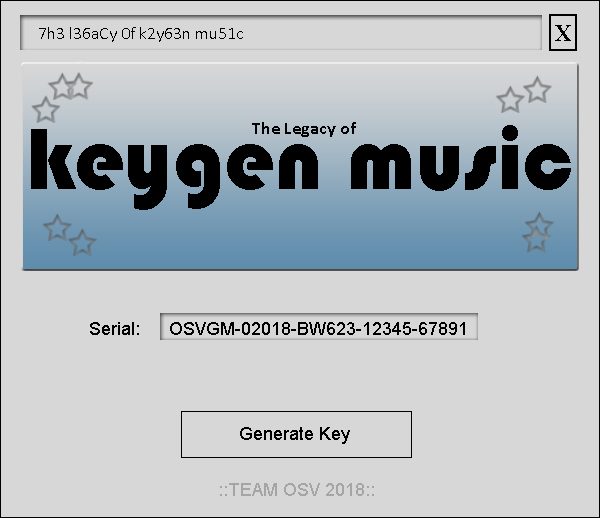
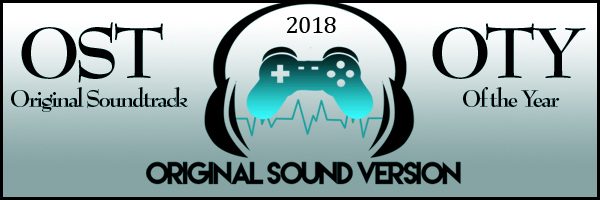
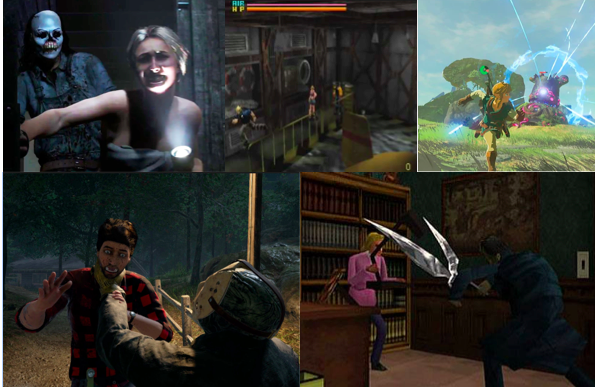


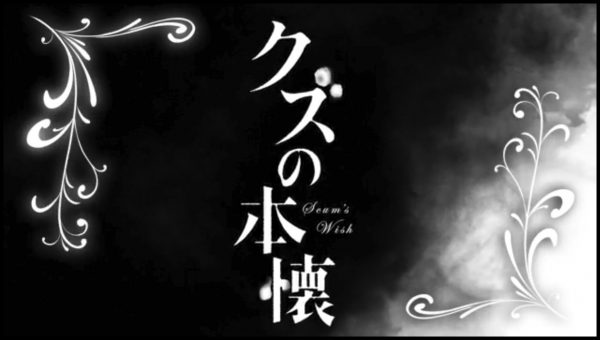


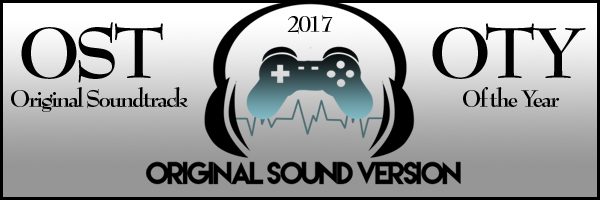
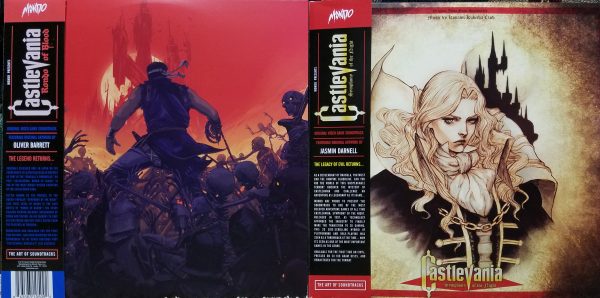
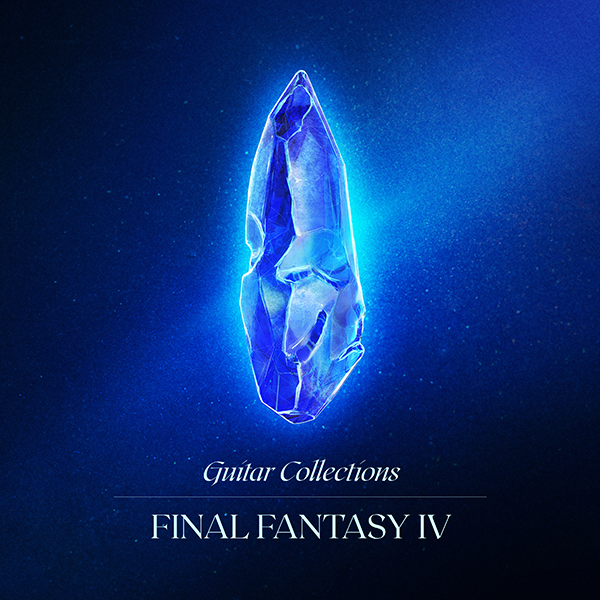
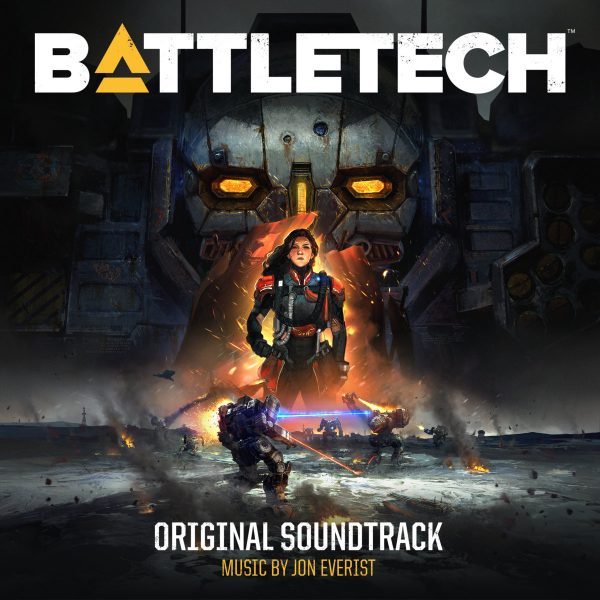

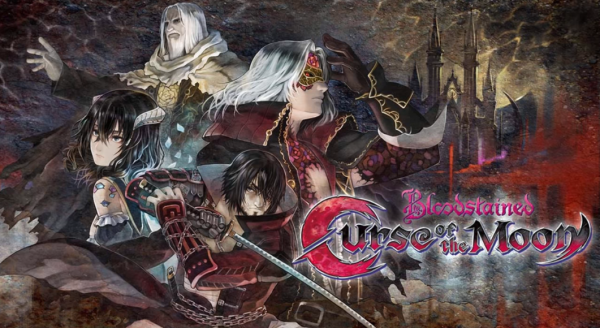
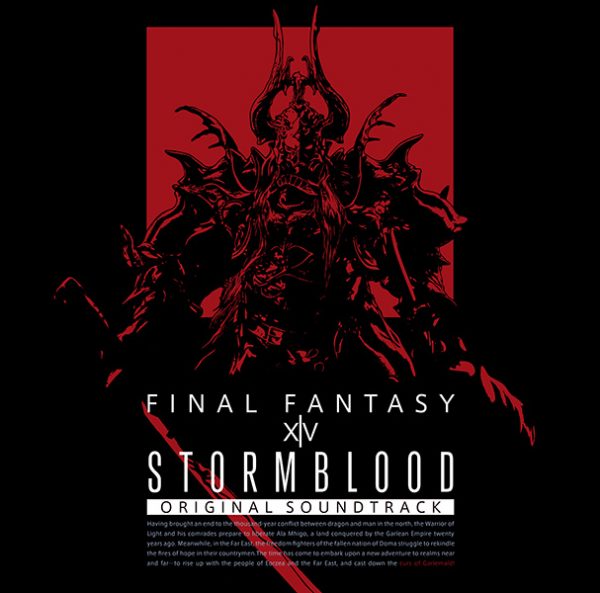
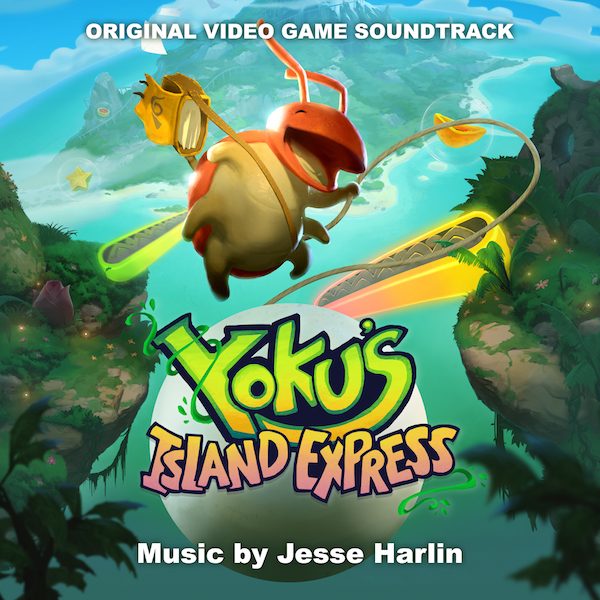
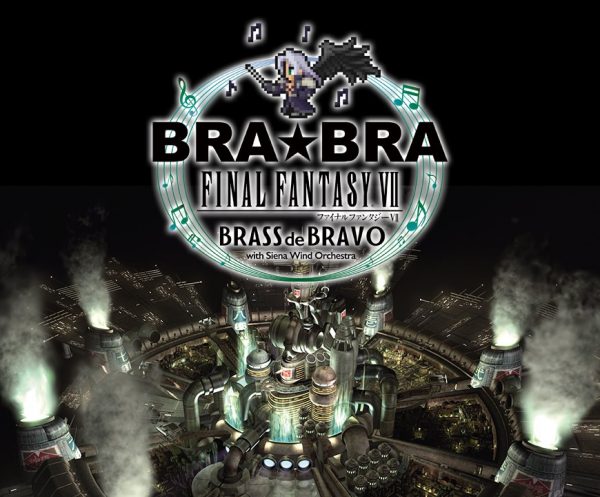
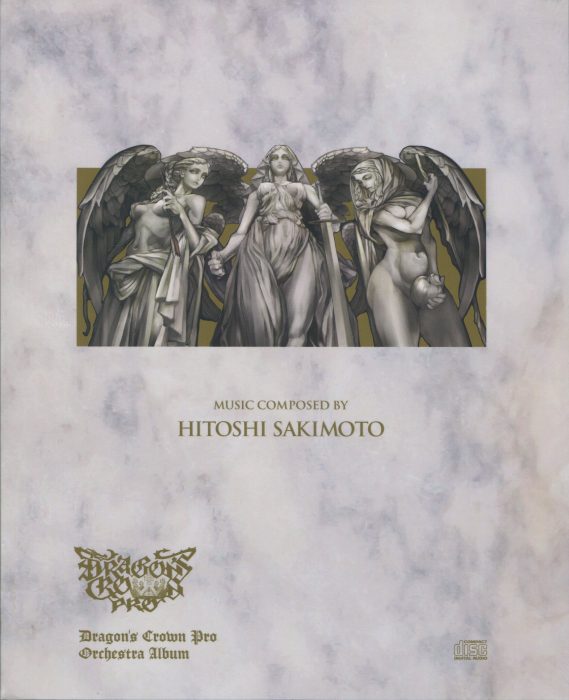
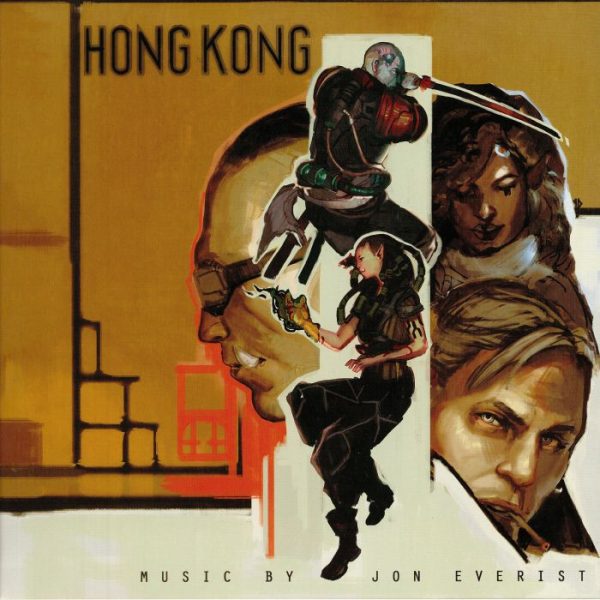
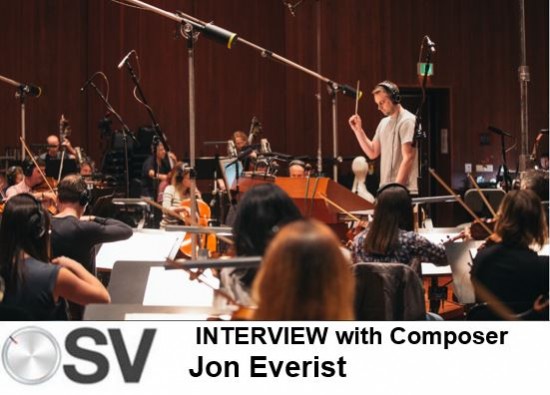
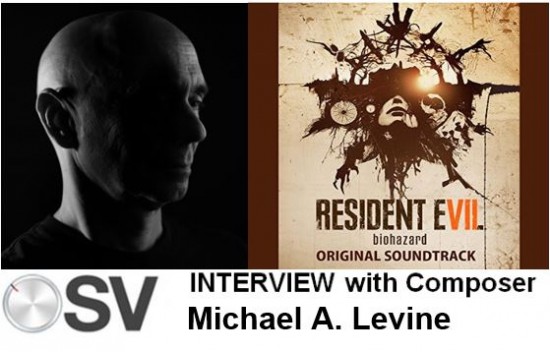
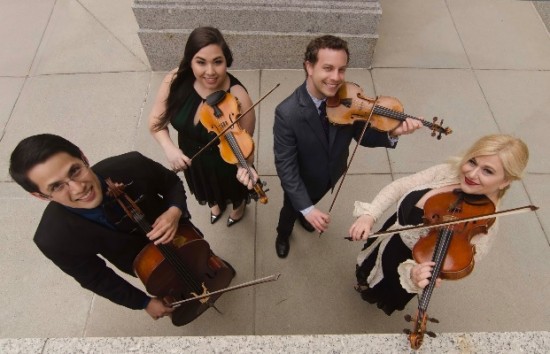
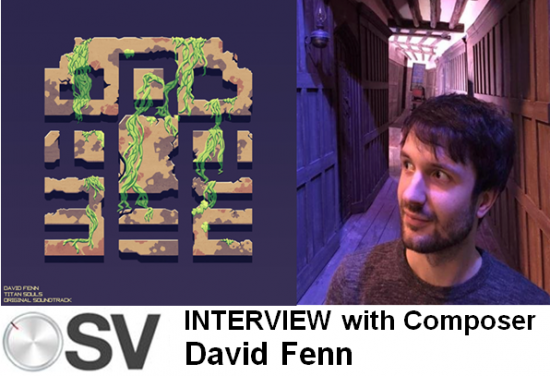
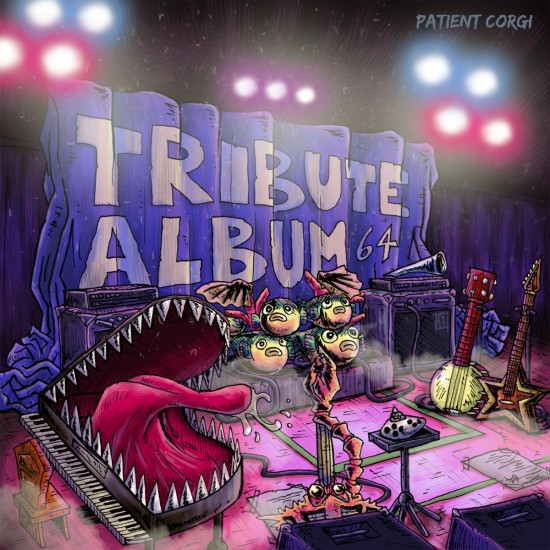
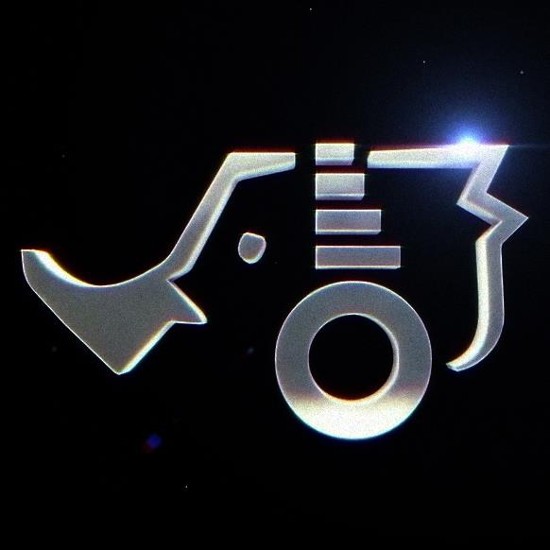
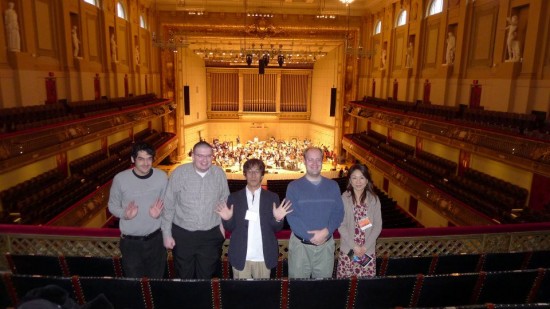
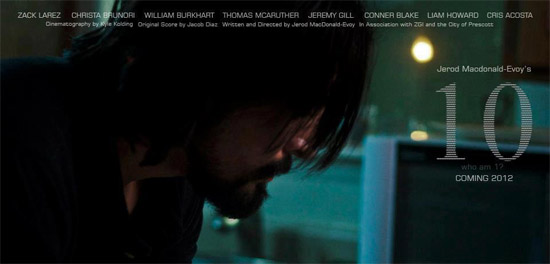
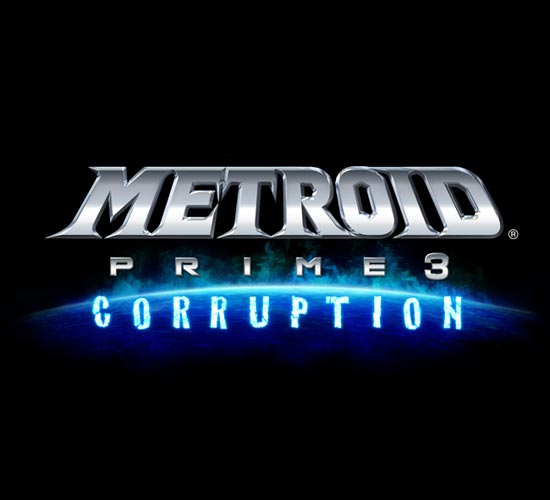


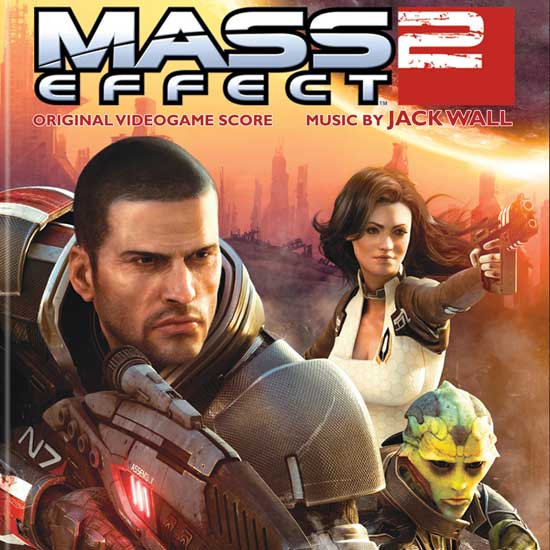
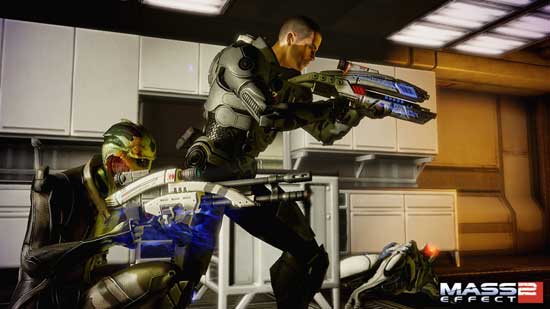
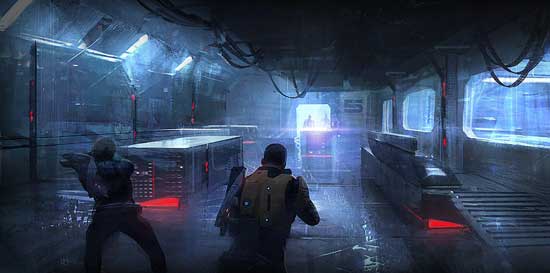
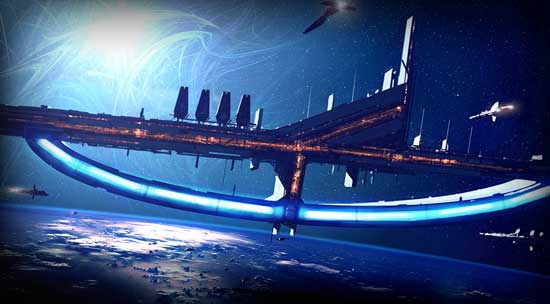
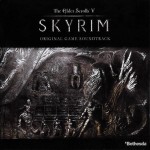
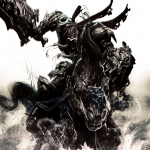

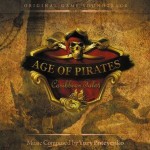

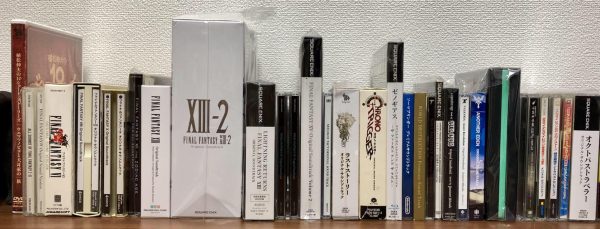
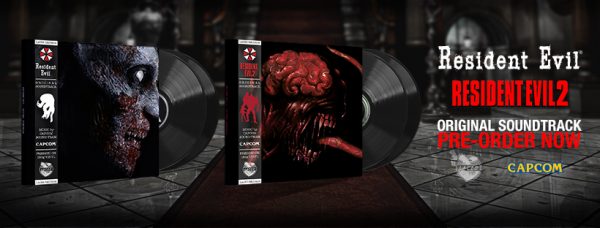
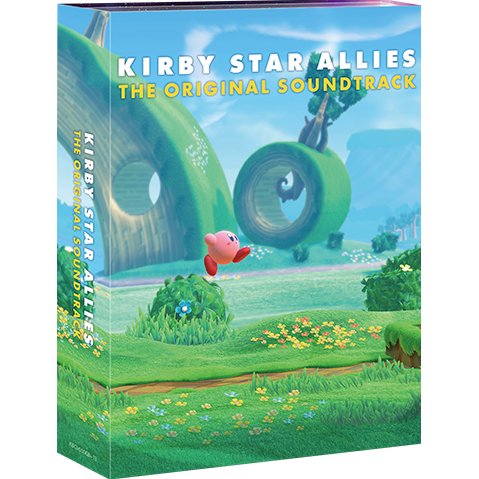

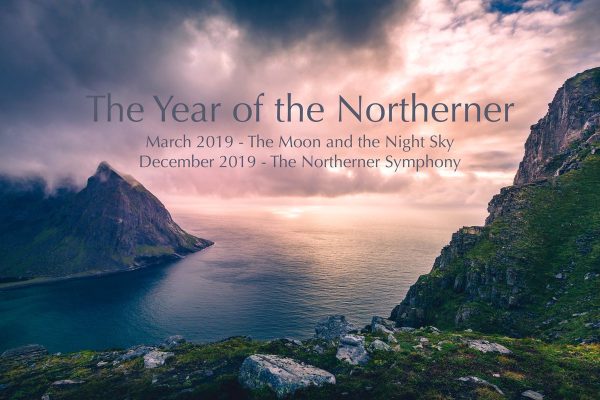
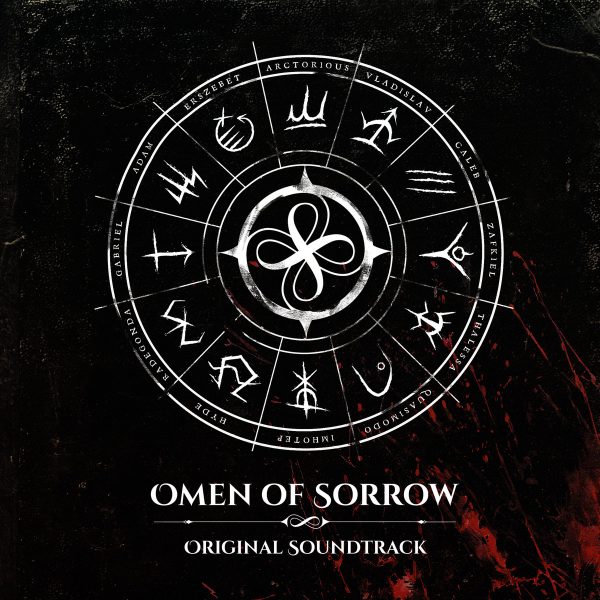
An epic review for sure. It’s interesting to hear about the tracks in the context of the game’s characters. I’ve never played Mass Effect, so I found it particularly helpful. And sheesh, such long tracks on this album!
[…] Feb 22 – Leif Chappelle reviews Mass Effect 2 OST at Original Sound Version […]
This is an amazing review in that you really got much of the subtlety we were going for. The whole thing about the “humanity theme” and how that resurfaced in various places, was great to see that the message got across. Very musical review. I’m guessing you know something of music and I hear you on the negatives as well. Thank you!
Wow this is a killer review! I am definitely going to check out ME2! Thanks for your latest CD btw! I am loving it. Can’t wait to hear what’s next. . . .
A good read. Thanks for writing it; I enjoyed reading it a lot—especially appreciated was the identification of the leitmotifs that recur throughout the whole suite.
Personally, my favorite piece is definitely The Illusive Man. It’s the simplest (AFGEFDEAFGEFDE) and the shortest among the bunch, but among many cinematic or ambient pieces it’s the most *memorable* too. It was stuck in my head the very first time I heard it.
But the great thing is how the guitar, synths, cello, and piano all cooperate to make the mood sound almost…Italian, in a weird way. In fact, it just about oozes Machiavelli, which suits the quietly scheming Illusive Man character very fine.
Plus, it’s in 7/4 time, which is always a bunch of points in my book. (Though it switches back to common time when the guitar harmony kicks in.)
Jack, I really appreciate the feedback on the review. Glad that I was able to accurately pick up on some of the more subtle things in the composition. You are indeed correct about my musical background, as the website link will attest~ Thanks for taking the time to read this!
This review was absolutely amazing. I’m wildly impressed with the amount of detail on top of what you were able to uncover and link together.
I myself am a big fan of the ME2 soundtrack, especially how it contributed to the overall feeling of the game during a play-through.
Really spot on stuff all around. Any non-musician gamer (especially) who reads this should gain a much larger appreciation for what quality music can contribute to a video game. *thumbs up*
Really fantastic review, Leif. Thanks for the kind words, the constructive feedback, and letting us know that many subtle musical intentions did in fact achieve the desired effect, a great feeling for sure! 🙂
Love the ME2 soundtrack, very nice write-up.